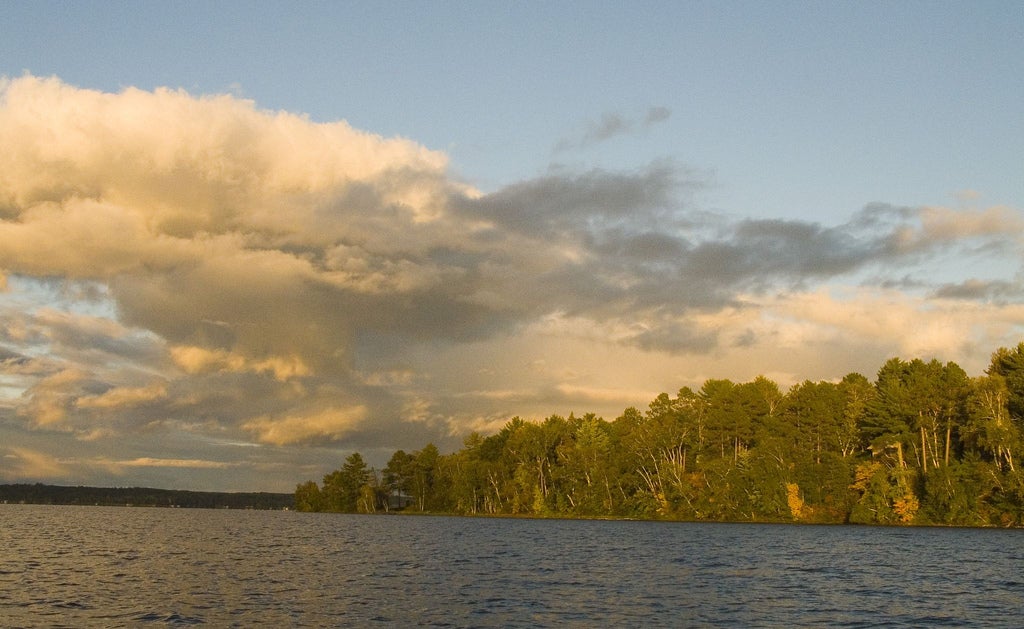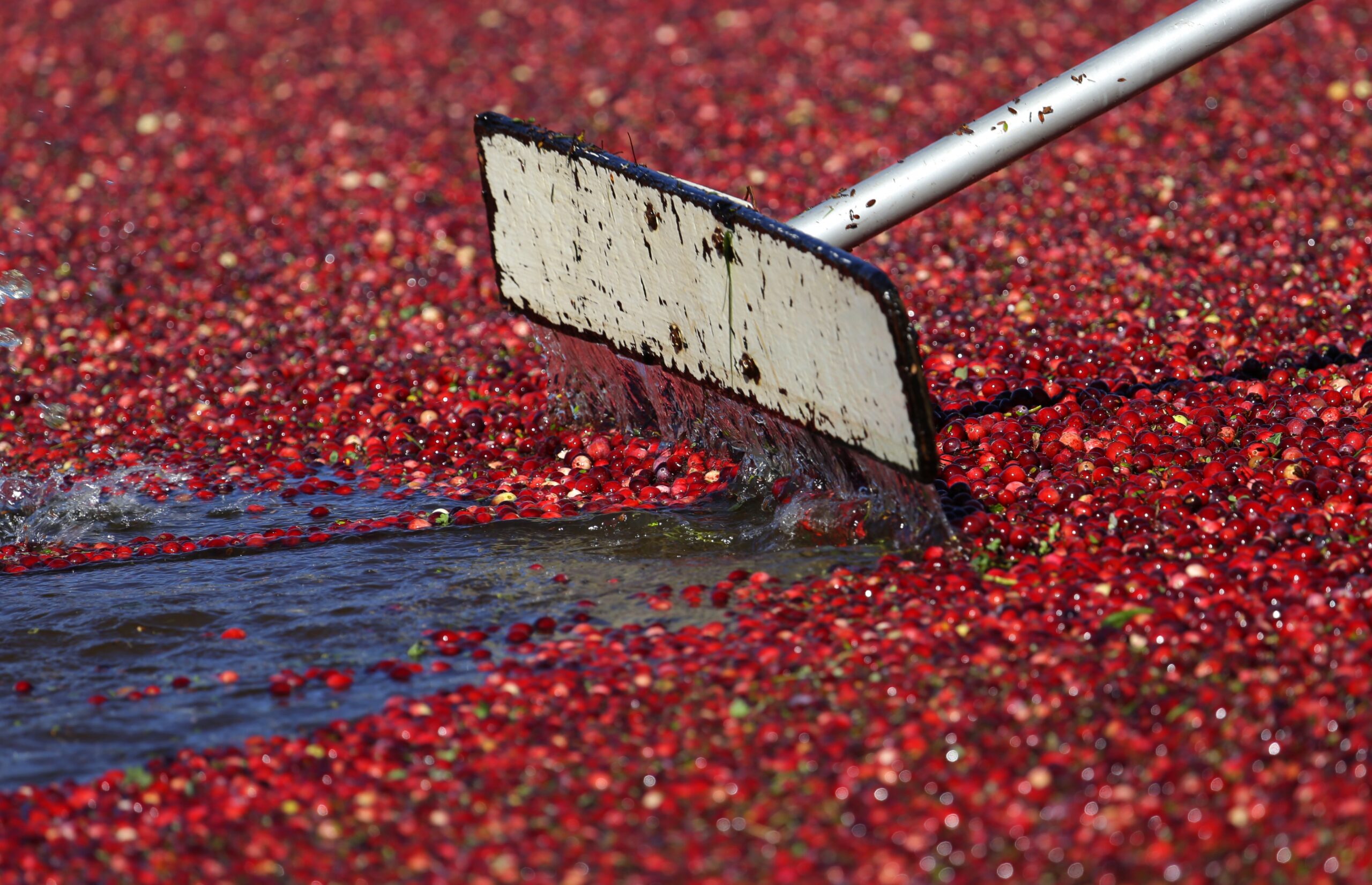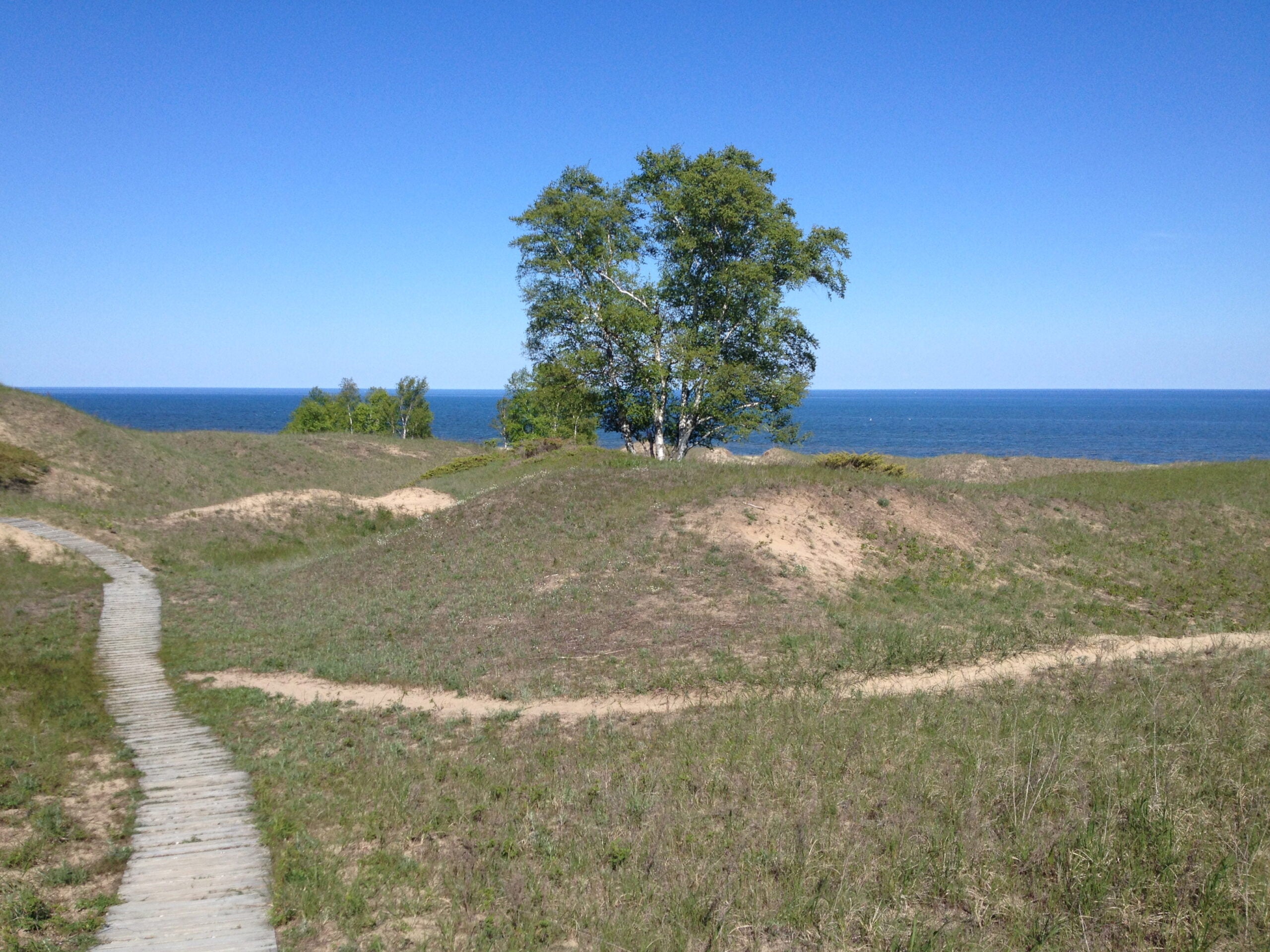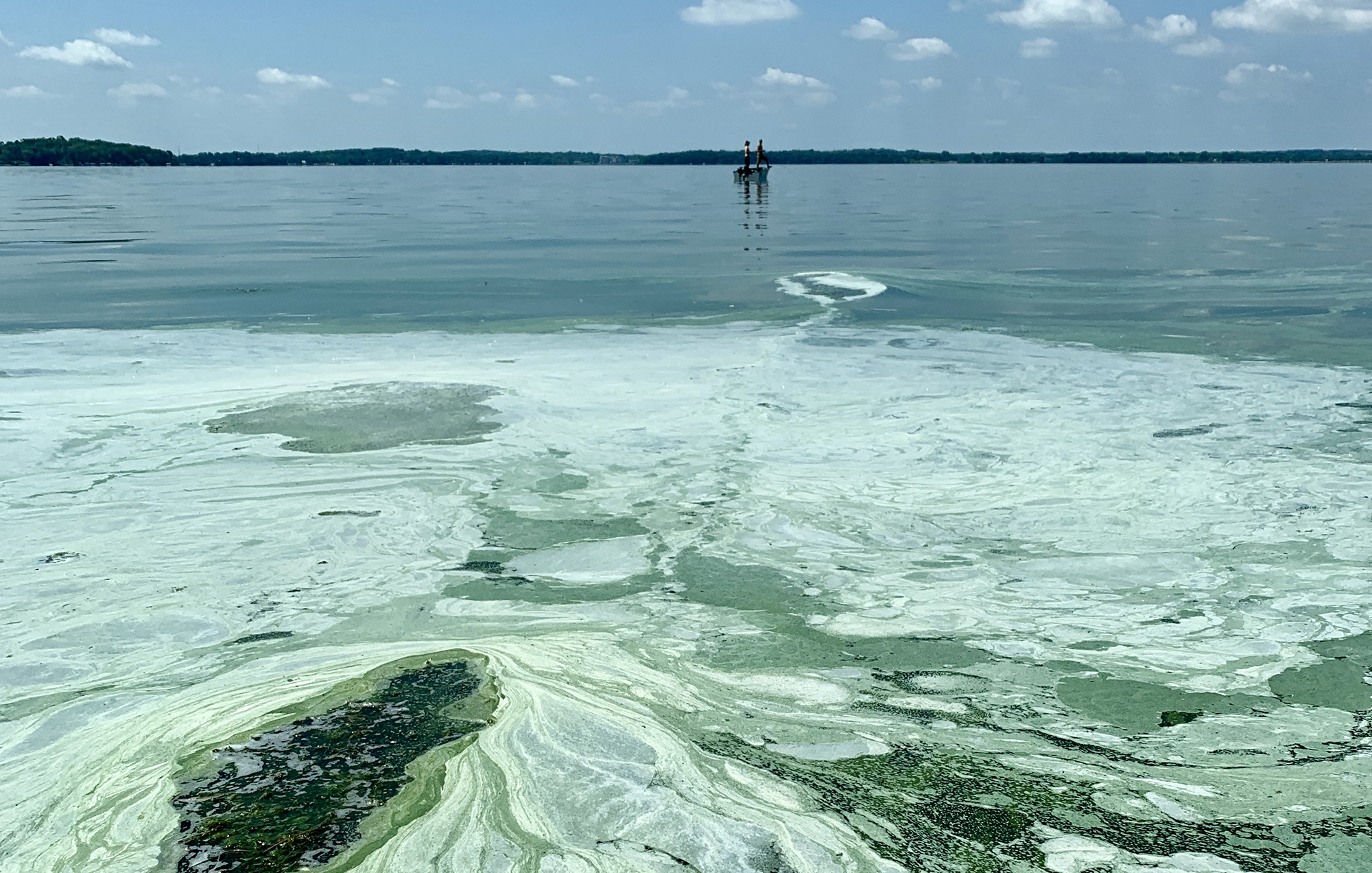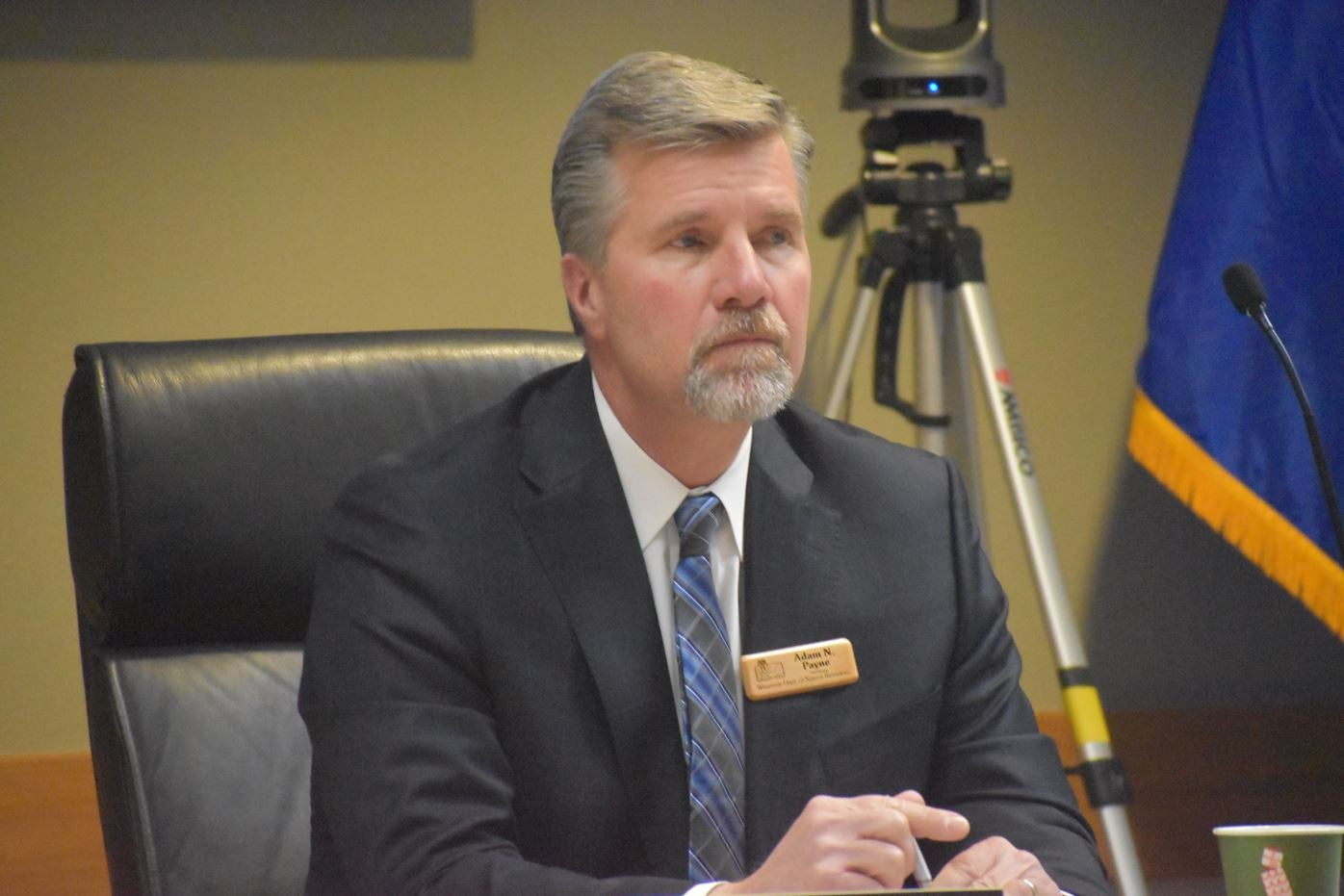In a settlement with a northern Wisconsin tribe and lake association, the state Department of Natural Resources says it will work more quickly to study and possibly create new phosphorus limits for the 5,000-acre lake near Hayward known as Lac Courte Oreilles.
The lawsuit was filed against the DNR by the Lac Courte Oreilles Lakes Association and Lac Courte Oreilles Band of Lake Superior Chippewa as a way to push the agency to create stricter standards for phosphorus pollution and protect the lake’s fisheries.
Lac Courte Oreilles is as deep as 90 feet in parts and has a cold lower level, a perfect habitat for whitefish and cisco, which feed the walleye and muskellunge populations.
Stay informed on the latest news
Sign up for WPR’s email newsletter.
Lac Courte Oreilles Lakes Association spokesman Jim Coors said his group spent $200,000 for a private water quality study, which found the lake would benefit if phosphorus limits were set at 10 parts per billion. Currently, the state standard is 15 parts per billion.
Coors said the groups sued after the DNR refused to act.
“Our battle so far has been just to make people at the DNR acknowledge that there’s a problem and the current standards aren’t working,” he said.
Coors said their study suggests the majority of the phosphorus is coming from four cranberry farms on the lake’s shores. There was a mass die-off of cisco and whitefish last year, he said, and they’re having more problems with algae blooms and invasive plants as a result of too many nutrients in the water.
But Wisconsin Cranberry Growers Association executive director Tom Lochner said the lake association has been adversarial with growers on the lake for two decades and 200 acres of cranberry beds on a 5,000-acre lake isn’t likely to be a major source for phosphorus.
“If we are the major source of phosphorus on that lake, that means there isn’t a whole lot of phosphorus going into the lake,” Lochner said.
Lochner pointed to other land uses like nearby row crops as a possible culprit.
In the court settlement with the tribe and lake association, the DNR agreed to seek permission from Gov. Scott Walker to study phosphorus levels on the lake and recommend a new phosphorus limit. DNR spokesman Jim Dick declined to comment on the story.
If Walker denies the DNR’s request to look into a new phosphorus limit for Lac Courte Oreilles, the lake association says it reserves the right to bring the agency back to court.
Wisconsin Public Radio, © Copyright 2024, Board of Regents of the University of Wisconsin System and Wisconsin Educational Communications Board.

